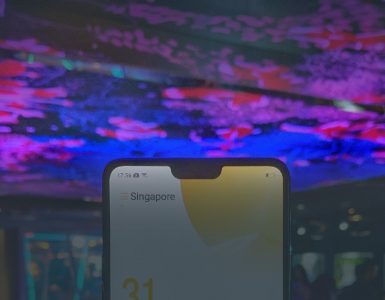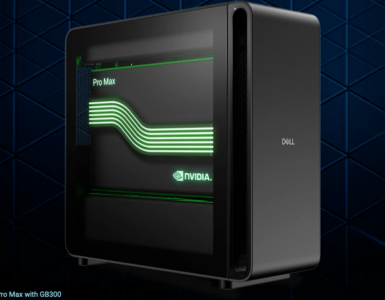After a reversal to transition into a new Account-Based Ticketing (ABT) system (commonly known as SimplyGo), commuters in Singapore can now be rest assured that the existing EZ-Link system will remain in place – for now.
The legacy Card-Based Ticketing (CBT) system will still benefit commuters who prefer to be less reliant on the SimplyGo app or to use their EZ-Link cards to pay for motoring charges.
The differentiating factor
The existing CBT system stores value inside the physical card and deductions will happen instantaneously when tapping in and out of trains/buses. This also means that if you do lose your physical card, you would lose all the value associated with it – similar to losing your wallet with all the cash inside.
On the other hand, SimplyGo operates on an account-based system which stores your value in a backend server. This allows for new features such as remote card blocking, refund of remaining balance into one’s account and transaction notifications – from a mobile app. Users who religiously maintain their card balance at 3-digits will face less anxiety if their cards going missing.
Unfortunately, due to technical limitations at the moment, the fare deductions and balance calculations for the ABT system is not able to be shown immediately at the terminal.
Users already utilising the SimplyGo system via their bank cards or contactless payments before the transition exercise would not be greatly affected since they have already adopted the usage habits.
The main concern lies with users who are unknowingly upgrading to the SimplyGo system – attracted by the $2 rebate and potentially vague explanation from staff. These demographics include the less tech-savvy users and commuters who choose to keep their card offline.
This upgrade forcefully alters instinctive behaviours for the latter group – which were familiar with seeing their trip fare and balance whenever they tap in or out of a grantry/terminal. The display on these terminals also become less useful with little to no information by just displaying “SimplyGo”.
This new system also pledges to subsequently include more merchant support compared to the NETS FlashPay system – which currently supports 130,000 acceptance points. In exchange for these benefits, card top-ups will require about 10 minutes which can only be done via the phone app – not a pleasant experience when you’re stuck at the gantry.
Card balance will also be hidden from you at transit touch points – replaced with an app notification. NETS Prepaid will reserve $3 whenever card balance hits $15 – the minimum amount for you to board any public transport.
You can revert back to the old system – with a catch
If you were tempted into upgrading to SimplyGo thanks to the $2 rebate, you can swap for another card that relies on the legacy ticketing system. Not so good news if you upgraded from a limited edition EZ-Link card that is using the new system. Nevertheless, you can still keep it aside for sentimental value.
Different perspective from different users
Commuters currently tapping their debit or credit card at touch points will have already been using the SimplyGo system – nothing much has changed for this demographic. The main concern lies with those who might be facing difficulties accessing the app – highly prevalent in the older generation.
Whilst the app include reminders to maintain your card balance, all top-up transactions will have to go through the app – eliminating the possibility of going to the nearest General Ticketing Machine (GTM).
Future solutions on the way
While both systems are here to stay for now, the authorities are working on the balance display at both MRT gantries and bus entries. Currently, the system is able to do this at the expense of a short wait – which could hold up the bustling peak hour crowd.
🤓 Like what you read?
Stay updated by following us on Telegram, Facebook, Instagram or on our YouTube channel.





